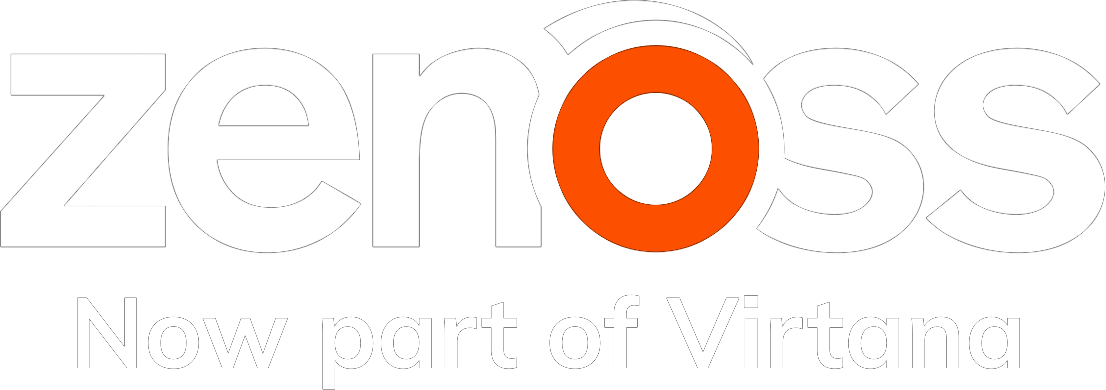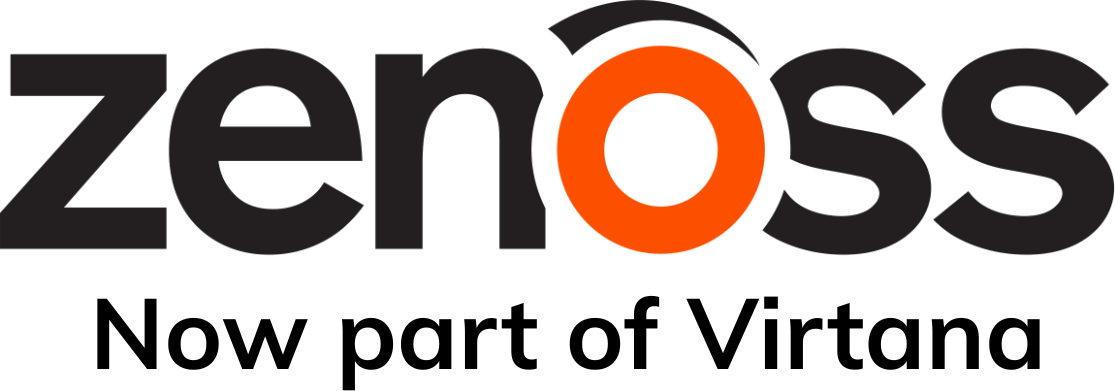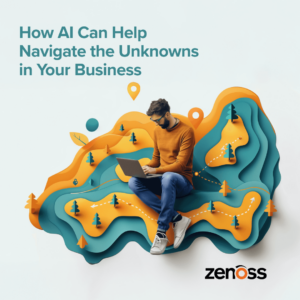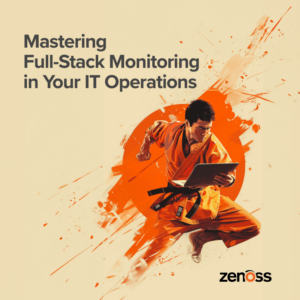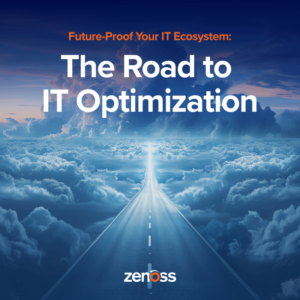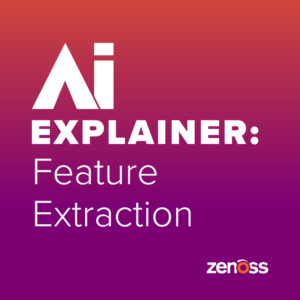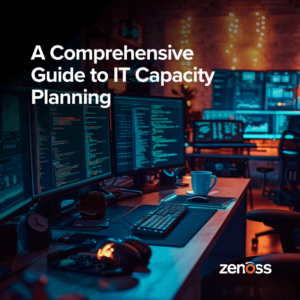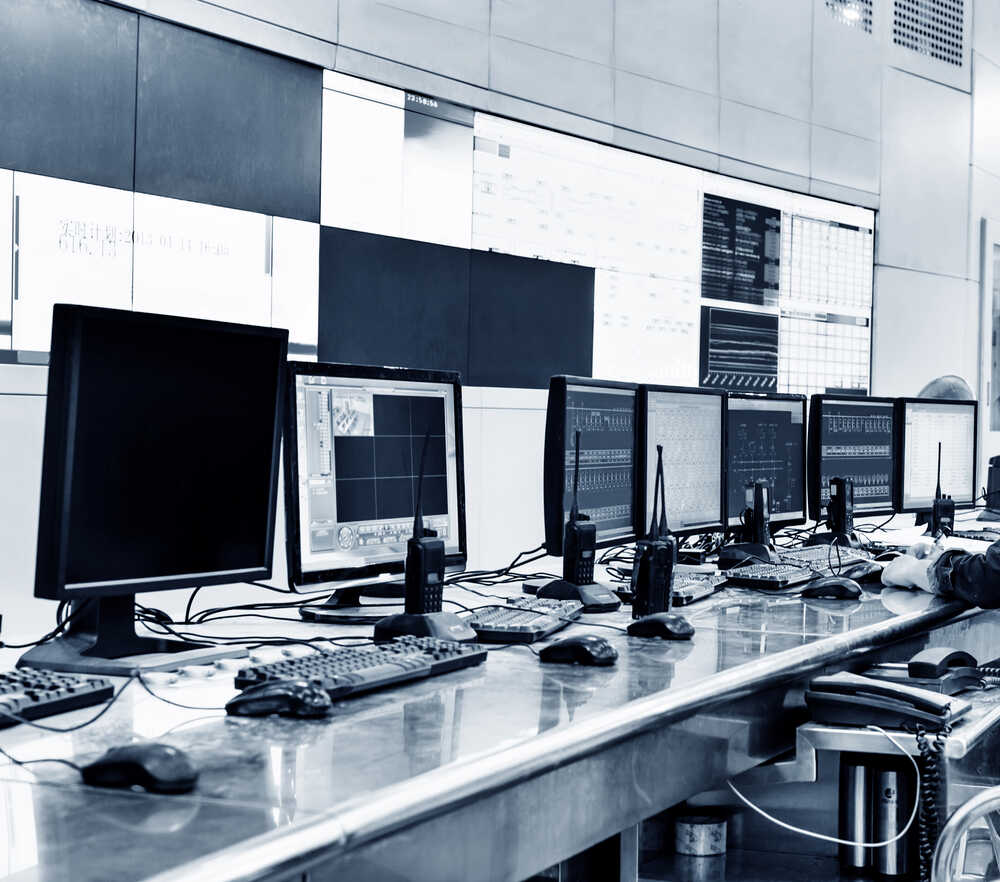
Zenoss’ director of product marketing Scott Hollis hosted the webinar with senior product manager Kent Erickson. In his radio-friendly voice, Scott spelled out the inherent problems of sticking with an outdated, cobbled-together framework such as Tivoli that includes over 10 acquired products that all have separate technology foundations.
A Unified Invoice, Not a Unified Solution
According to Scott, the end-to-end Tivoli IT monitoring “solution” is composed of Netcool and nine other products. These 10 tools do not originate from a common code base, nor are they tightly integrated. In fact, each one of those 10 Tivoli tools has its own separate databases and separate UIs!
Said Scott:
-
You have to build connectors between the different products to make them talk to one another and keep them in sync. When you upgrade one product, you have to update the custom built connections to the other nine for them to stay in sync. And you need separate licenses for each product, which by itself can be a nightmare to manage. You may be getting one invoice, but you’re certainly not getting one cohesive solution.
Much of the problem has to do with how the Tivoli “solution” has been cobbled together. Scott provides a chart (which you can also view in Zenoss’ new e-book What’s Not So Cool About Netcool) showing the companies IBM Tivoli acquired for each corresponding tool. The Netcool portion, which includes event management, root cause analysis, and reporting tools originated from Micromuse, which IBM purchased in 2006. Other tools have come as a result of other acquisitions of smaller companies like Candle Corporation (2004), Vallent Corporation (2007), and Rational Software Corporation (2003), among others.
According to Scott, Micromuse created Netcool back in the 1990s, when the client/server model dominated IT infrastructures.
Scott continued:
-
Environments have changed and become dynamic with shared infrastructures. And you are dealing with a different scale and economics today than you were 20 years ago. It’s hard to expect developers to spend time to integrate [all these different tools] when you're trying to keep up with what your existing customers need and keep up with the market.
Too Many Probes
As I discussed in a blog post a few months back, achieving effective Service Assurance in a hybrid IT world is problematic especially when you end up with Frankenstein monitoring. This really starts to show in Tivoli managed environments where managing multiple disjointed tools becomes a huge headache. As an example, if you want to save data from the event management for reporting or Impact, you need to set up a separate gateway with a back-end database — and that database is a different one from the database where events are stored. Suddenly you find yourself needing additional licenses, additional SMEs and experiencing additional management overhead!
Explained Scott:
-
With Netcool event management, each probe — essentially an agent — is dedicated to just one event feed. You have different rules on each probe, making the configuration and maintenance extremely labor intensive. Another challenge is that these rules are fixed and there is no way to manage all of them in a consistent manner. Some of the customers we’ve met have tried to track the rules using spreadsheets, but they can’t keep the spreadsheets up to date because of the number of administrators updating or changing rules.
Kent noted that one Zenoss client who migrated to ZSD from the Tivoli framework had a total of 78,000 unique rules on their various probes. After moving to ZSD’s agentless solution, that number dropped to just 1,000 rules total, with the same functionality as they had before.
This Is What You Call ‘Integration?’
The Tivoli Integrated Portal supposedly provides a consolidated dashboard view into your IT monitoring, but several Zenoss customers have told Scott and Kent that this Tivoli integration portal requires specific versions of each of the products to work properly.
Said Scott:
-
If you upgrade or apply a patch to particular product within your IBM Tivoli monitoring framework, it is very likely that you will no longer be able to use your current version of Tivoli Integrated Portal. Imagine having a dozen products and the integrations between all the products that need to be maintained. A lot of our customers report having had to write their own UI on top of all this to manage it.
Moreover, each Tivoli product must collect and interpret many different device protocols to deliver IT operations Service Assurance, which includes these critical capabilities:
-
Unified monitoring
-
Event management
-
Root cause analysis and service impact
-
Analytics and reporting
-
Open extensibility
All this makes achieving efficient IT service assurance challenging. Having multiple SMEs to manage these deployments and continue to track and administer multiple updates that don’t follow the same timetable, and then fix the connectors that are the only things holding these tools together as a unified solution is expensive and disruptive. Having multiple disparate products, each having to collect and process data from devices, and on top of that, managing custom integrations between the products, makes achieving efficient IT service assurance burdensome.
For a static environment, Tivoli IT monitoring provides a feature-rich framework that, once you cross the hurdle of initial integrated and configured, can deliver many capabilities. However, for the modern-day dynamic environment, it just falls short. Each time you attempt to upgrade or update, you find yourself starting from scratch. Between acquisition, integration and maintenance of multiple products that need to work together to realize these capabilities, organizations find themselves buried by this outdated framework’s resource requirements.
So when you have a new initiative or project coming up, consider using a cloud-era solution, such as the one Kent demos later in the webinar and link it back to your existing framework, rather than expand your Tivoli-based complexity. Move away from those bulky legacy toolsets and save yourself from another round of integration headaches (along with beaucoup cash on things like licensing and annual maintenance). I know the folks at Zenoss would be happy to show you how.
